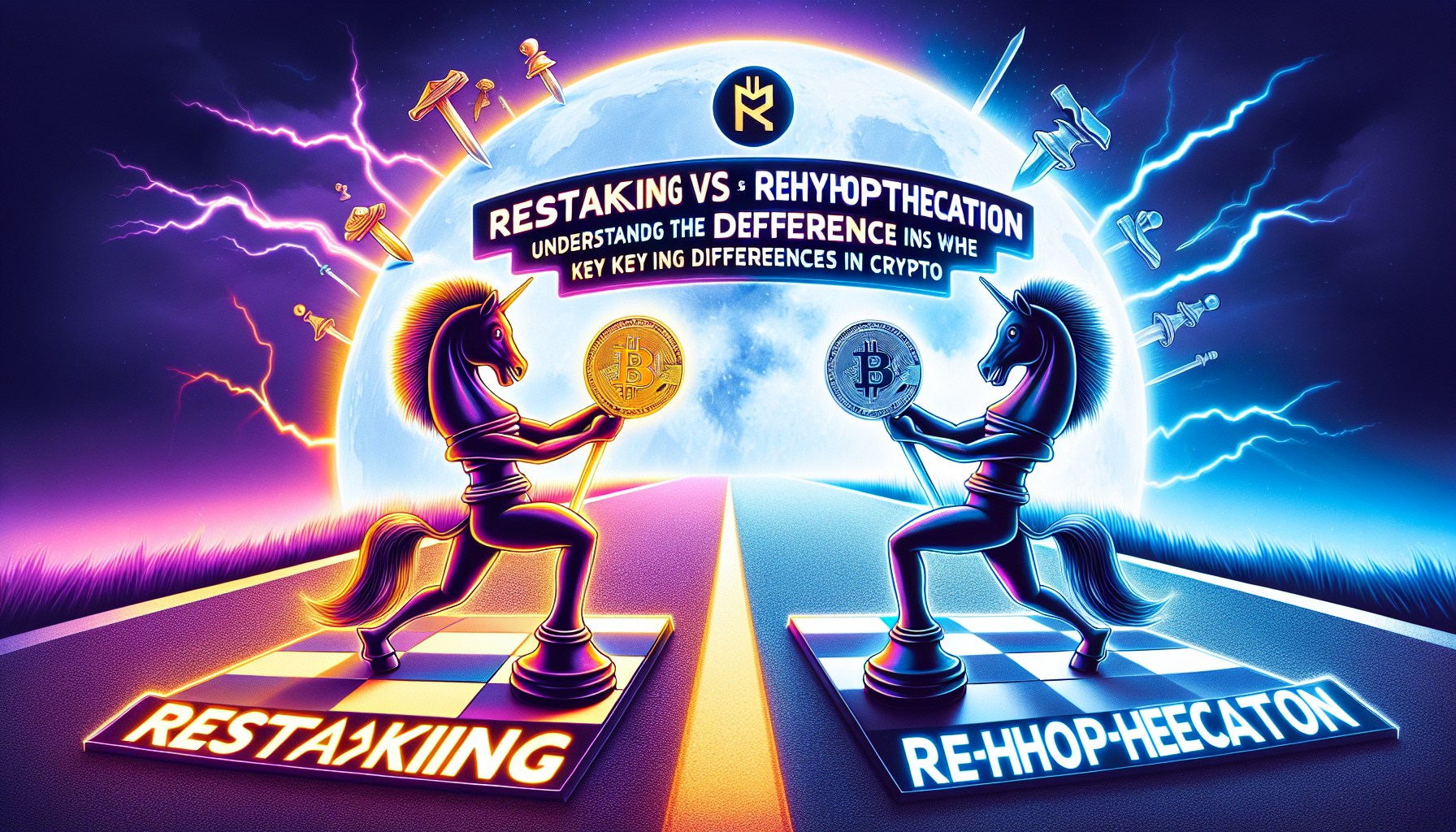 Restaking is making waves in the crypto world, and it’s time to dive into what makes it tick. While some liken it to a high-stakes financial gamble, the truth is a bit more nuanced. Restaking isn’t just another buzzword; it’s a game-changer with its own set of risks and rewards.
Restaking is making waves in the crypto world, and it’s time to dive into what makes it tick. While some liken it to a high-stakes financial gamble, the truth is a bit more nuanced. Restaking isn’t just another buzzword; it’s a game-changer with its own set of risks and rewards.
First off, let’s break down what restaking really means. In the simplest terms, restaking involves taking your staked assets and staking them again. It’s like doubling down in a game of blackjack, but with crypto. This process can amplify your returns, but it also comes with its own set of challenges.
Now, why is everyone talking about restaking? The answer lies in its potential to maximize gains. By restaking, crypto enthusiasts can potentially earn more rewards without investing additional capital. It’s a tantalizing prospect for those looking to make their assets work harder.
But hold on—before you jump on the restaking bandwagon, it’s crucial to understand the risks involved. Unlike traditional staking, restaking introduces a new layer of complexity. You’re not just dealing with the volatility of one asset; you’re now exposed to multiple layers of risk. It’s like walking a tightrope with no safety net.
One of the key differences between restaking and other financial maneuvers is the type of risk involved. Traditional financial strategies often focus on market risk, but restaking brings operational and smart contract risks into play. These are risks that can be harder to predict and manage.
So, what’s the catch? While restaking can boost your returns, it requires a deep understanding of the underlying protocols and smart contracts. It’s not for the faint-hearted or those new to the crypto space. You need to be savvy and well-informed to navigate this complex landscape.
Moreover, restaking isn’t just about individual gains; it has broader implications for the crypto ecosystem. By increasing the amount of staked assets, restaking can enhance network security and decentralization. It’s a win-win for both individual investors and the blockchain community at large.
In conclusion, restaking is more than just a risky financial maneuver—it’s a sophisticated strategy with unique risks and rewards. For those willing to take the plunge, it offers an exciting opportunity to maximize returns and contribute to the growth of the crypto ecosystem. But remember, with great power comes great responsibility. Always do your research and tread carefully in this dynamic space.
So there you have it—restaking demystified. Whether you’re a seasoned crypto enthusiast or a curious newcomer, understanding restaking could be your ticket to unlocking new potential in the ever-evolving world of cryptocurrency.




